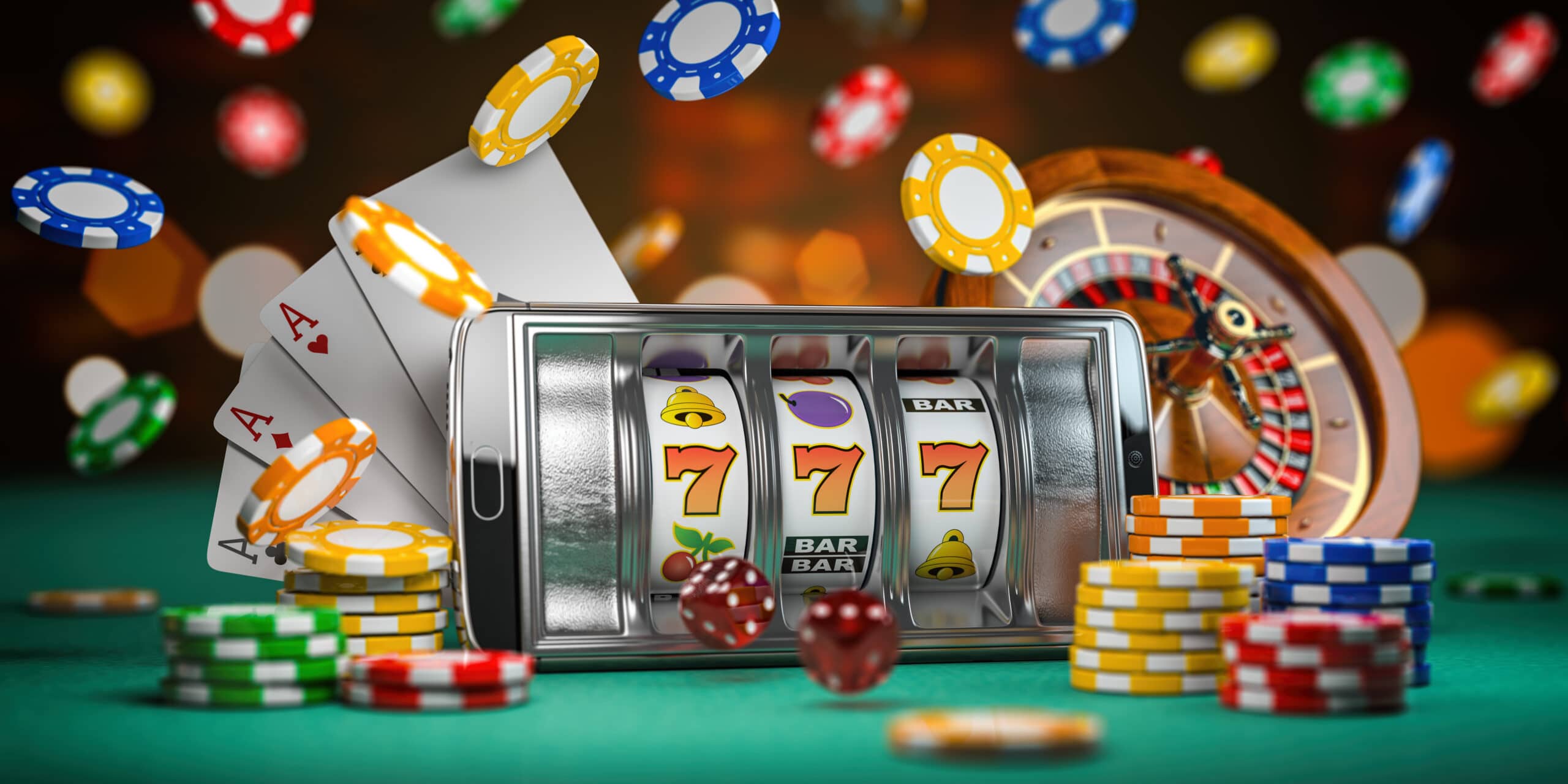When it comes to casino slots games, players often become drawn in by the shimmering lights, engaging themes, and the excitement of turning the reels. But beyond the sparkle and entertainment lies an important concept that all players must grasp: Return to Player, or RTP. This crucial metric plays a significant role in influencing how much of your wagered money will return to you over time, influencing your gaming experience and strategy as you play.
RTP is typically represented as a percentage and reflects the average amount of money returned to players compared to the overall stakes. For instance, if a slot game has an RTP of ninety-five percent, it means that, on average, players can expect to get back ninety-five dollars for each $100 wagered. Understanding this concept can help players make informed decisions when deciding on slots to spin, ultimately boosting their enjoyment at the casino.

What is the definition of RTP?
Return to Player, often called RTP, refers to an important element in the field of gambling slots. It represents the proportion of all wagered money which a particular slot machine is set to return to players in the long run. win55 app For example, if a specific slot has an RTP of 95%, this means that, hypothetically, players can expect to receive back ninety-five dollars for every 100 dollars bet in the long run. Knowing RTP aids players analyze the potential returns of the various slots available.
RTP is not a promise of specific victories but instead a average determined throughout many spins. Each player’s experience might be different significantly because of the randomness built-in in the games. Nhà Cái Win55 A greater RTP suggests more favorable odds for the player, making it an essential aspect to take into account when selecting the slots to choose. Nonetheless, even with high RTP, there can be periods in which players encounter losses, as luck plays a significant role.
It is important to note that the slots available have different RTP percentages. Some machines could display a smaller RTP because of a significant entertainment or distinct elements, while others keep a elevated percentage to draw in more cautious players. Comprehending RTP empowers players to form educated decisions about their gambling strategies and manage their money wisely while experiencing the excitement of casino slots games.
How RTP is Calculated
A Return to Player, or Return to Player, represents a critical measurement in the realm pertaining to gambling slots games. It indicates the percentage from total bet money that a slot machine is expected to return to players in the long run. Comprehending how this measurement can be calculated requires understanding of the dual aspects of the slot’s architecture and its payout structure. This RTP is calculated via complex algorithms as well as data evaluation executed during the slot machine development phase. Game creators consider multiple factors, including the rate of successful combinations and the magnitude of returns on each outcome.
In order to calculate this metric, the creators simulate a significant number of rotations on the slot machine. These modeling efforts help identify the average amount that typically, a gambler is likely to earn according to their wagers. For instance, when a slot game has an RTP of 95%, it suggests that, theoretically, among every one hundred dollars wagered, players can expect to get ninety-five bucks in return in the long term. This value does not indicate the amount a player might receive in a single play and over a couple of plays; rather, it shows long-term payout expectations.
RTP values tend to be generally published from the gaming house or game developer. Gamblers must always look for such information while selecting a slot game, because it has the potential to affect their gaming experience. A higher return value usually means a higher chance to recoup a segment of bets, even though specific plays can vary considerably. Understanding this concept can help players to choose wisely while improve their overall experience in the realm of slot games.
Significance of Return to Player in Gaming
Grasping the Return to Player or RTP is important for any player involved in casino slots games. RTP refers to the percentage of wagered money that a game is engineered to return to gamers over the long run. A greater Return to Player shows that gamers can look forward to receiving a bigger portion of their bets back, making it an significant factor for those looking to maximize their gaming experience. Knowing this figure aids players make smart choices about which games to play, as it can profoundly influence their potential winnings.
Furthermore, RTP holds a crucial role in the overall equity and clarity of casino slots. Players are often drawn to slots with higher RTP percentages because they provide a superior chance of success over the long term. Casinos and software creators use RTP as a marketing tool to attract players, ensuring they maintain a competitive edge in the thriving gaming industry. By understanding of RTP, players can select slots that align with their comfort level and gaming goals.
In conclusion, the idea of Return to Player promotes responsible gaming practices. Recognizing that not all slots will provide immediate returns and that RTP is based on extended play, players can manage their expectations and gambling behavior effectively. This understanding enhances the enjoyment of casino slots while fostering a more sustainable gambling landscape. Players who grasp the significance of RTP are more prone to have a more satisfying experience and reduce the risks of problematic gambling behavior.